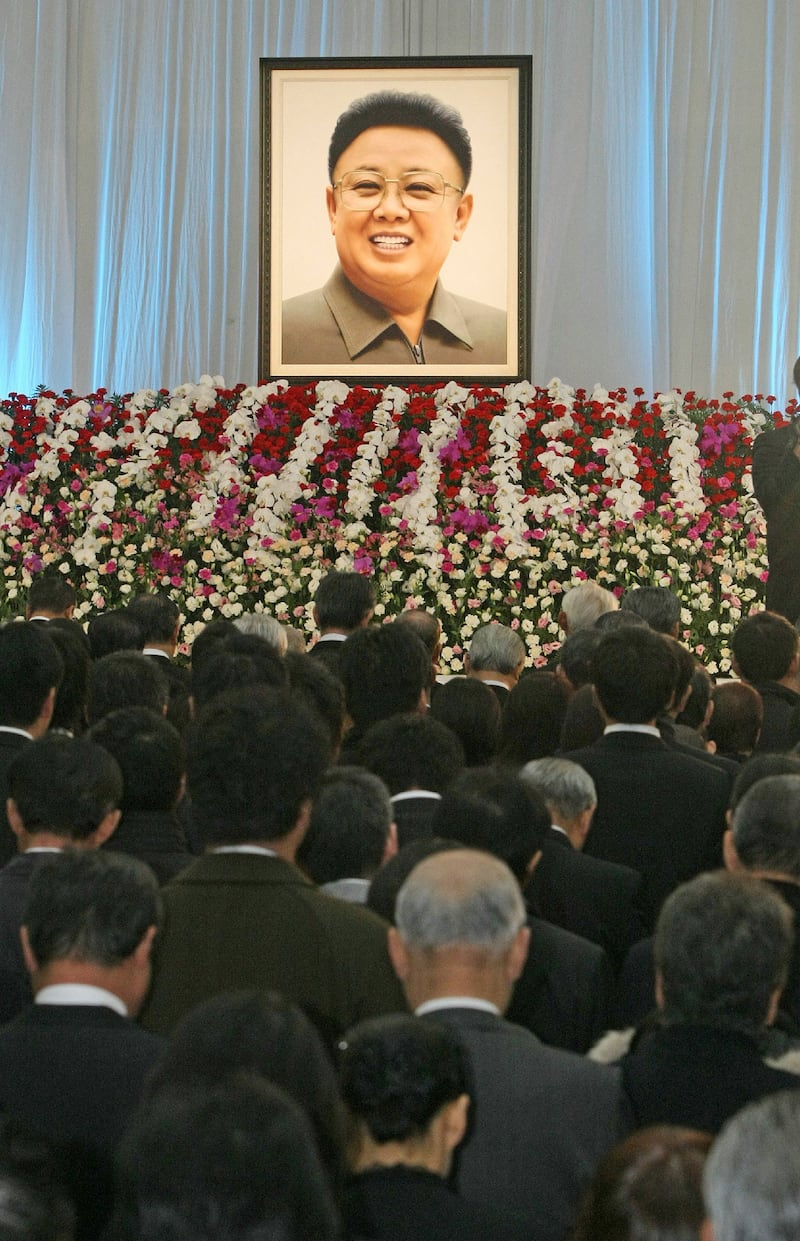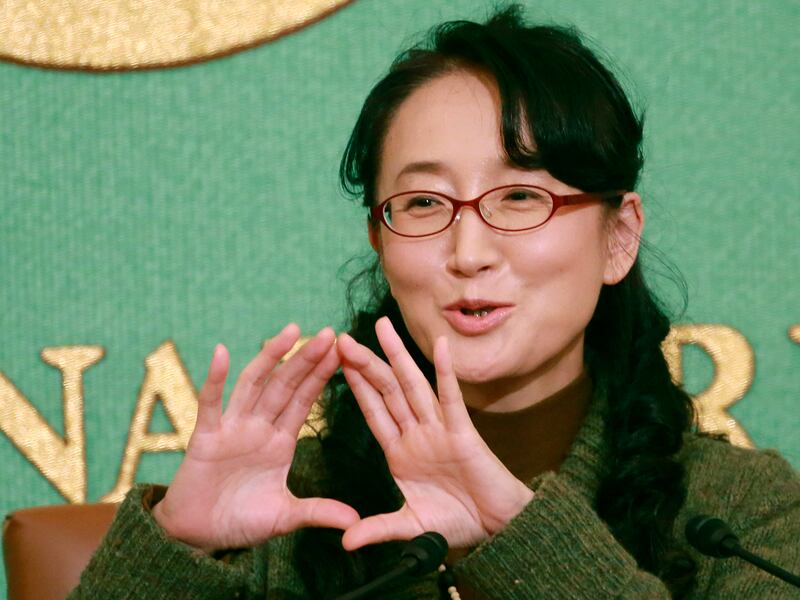UPDATED on Dec. 13, 2024 at 9:31 a.m.
Read a version of this story in Korean
An organization dedicated to advocating for South Koreans abducted by North Korea plans to air-drop anti-North Korean leaflets in Tokyo next month.
Specifically, the group plans to use drones to drop the leaflets -- containing photos and stories of some of the 516 South Koreans kidnapped by North Korea over the years -- over the headquarters of the General Association of Korean Residents in Japan, which many regard as Pyongyang’s de facto embassy there.
North Korea doesn’t have an embassy in Japan because the two countries don’t have formal diplomatic ties.
What’s the goal of this tactic?
The group is doing this because staffers at the headquarters of the pro-North Korean organization -- also, abbreviated to Chongryon (in Korean) or Chosen Soren (in Japanese) -- refused to accept a hand-delivered list of abductees, according to Choi Sung-ryong, the head of the South Korea-based Association of the Families of Those Abducted by North Korea.
Choi said that dropping the leaflets on Chongryon headquarters is like sending them directly to North Korean leader Kim Jong Un -- and he hopes that his efforts can prompt Pyongyang to acknowledge that it has abducted many South Koreans over the years.
Choi said he would continue to distribute leaflets until this happens.
“The leaflets include a request to quickly confirm whether the abductees are alive or dead,” said Choi. “We are asking Kim Jong Un to quickly confirm the fate of 516 family members. That’s why we’re protesting.”

South Korea’s Unification Ministry has stated that it fully understands the feelings and efforts of the families of abductees, but it also said it would maintain communication with organizations and related ministries because there are laws and systems related to overseas rallies.
Outside of Japan, Choi also plans to distribute leaflets to North Korean embassies in Switzerland and Germany, and he also plans to deliver some to U.S. President-elect Donald Trump.
The plan draws similarities to the more well-known campaigns by North Korean escapee advocacy groups in South Korea, who fly anti-regime leaflets to North Korea via balloon.
What is the Chosen Soren?
The English name of the organization is the General Association of Korean Residents in Japan, and it is aligned with North Korea. Inside their headquarters, there are vast paintings of Kim Il Sung and Kim Jong Il, the grandfather and father of the current supreme ruler, Kim Jong Un.
It is the closest thing to an embassy because Tokyo and Pyongyang do not have formal ties, but the organization does not have the authority to issue North Korean passports or officially represent Pyongyang in diplomatic efforts.
But Chongryon does staunchly advocate for Korean cultural and language preservation, and has a number of schools teaching exclusively in the Korean language under curricula that reinforces loyalty to the North Korean state and its leadership.

Its rival organization is the South Korea-aligned Korean Residents Union in Japan, referred to colloquially in Japanese and Korean using the abbreviation Mindan.
Both organizations advocate for Zainichi Koreans living in Japan -- which for most of the second half of the 20th century was the largest minority in the country, and is now the third largest.
What does Zainichi mean exactly?
In Japanese, it literally means “staying in Japan.”
Today, there are hundreds of thousands of zainichi Koreans who live in Japan -- they have been living there for generations, but for one reason or another they have not acquired Japanese citizenship.
The history behind this is that when World War II ended in 1945, there were around 2.4 million Koreans in Japan, and while most of them returned to Korea over the next few months, around 640,000 stayed behind.

In 1947, Tokyo ruled that they were foreign nationals and had to register as Chosenjin, or people of Chosen (in Korean, Joseon), the name of the dynasty that ruled the Korean peninsula prior to its annexation by Japan in 1905.
When North and South Korea were founded in 1948, the rival governments both claimed to represent all of Korea and its citizens, so by extension, both Koreas claimed the Koreans in Japan.
In 1950, zainichi Koreans were allowed to register as South Korean citizens. But those who wanted to register as citizens of North Korea were never given the option, and instead remained under the previous designation as people of Chosen and essentially stateless.
RELATED STORIES
North Korea recalls documentary about Kim Jong Un’s mother
A look inside a Pyongyang-aligned North Korean school in Japan (article in Korean)
Zainichi students to visit North Korea in November (article in Korean)
What kinds of discrimination do zainichi Koreans face?
Zainichi Koreans are in many ways an invisible minority in Japan as physically they blend in with the majority, and most speak Japanese as their native tongue.
But they often face discrimination. Even if they chose to hide their heritage in social situations, their legal status as foreigners made them ineligible for postwar government support. It also bars them from holding public office or civil service positions.
In the private sector, employers could refuse to hire them, landlords could refuse to rent to them, and banks could refuse to offer them loans, although over time the situation has improved.

Japan became party to several international human rights covenants in the 1980s and since the post-war period there has been a general change in mainstream Japanese attitudes towards minorities.
But for much of the early postwar period, the community struggled economically, and community organizations emerged to counter discrimination against Zainichi.
The Chosen Soren and Mindan groups have advocated for their rights in Japanese society and preservation of Korean culture and language among the community, including by securing funds from the South and North Korean governments to run schools for Zainichi children.
Today, while there is greater acceptance of zainichi Koreans in Japanese society, they still face discrimination.
Translated by Leejin J. Chung. Edited by Eugene Whong and Malcolm Foster.
Update adds the revised date of the planned drone stunt.
